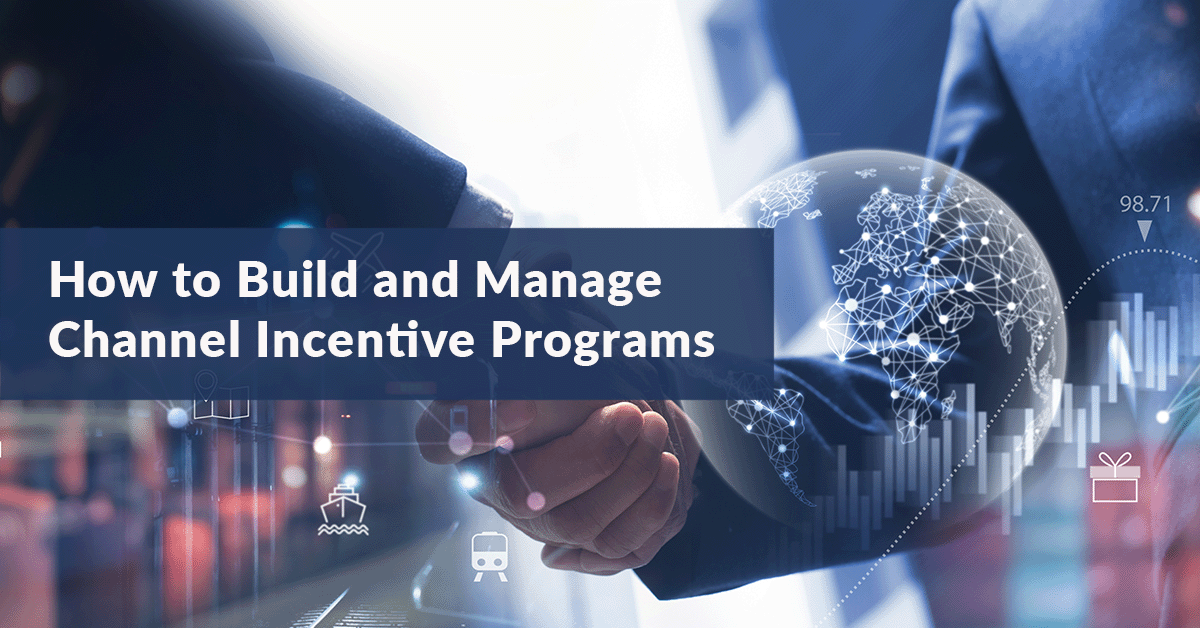Loyalty Just For Me: How Big Data Is Shaping Tomorrow’s Loyalty Programs
Today’s consumers create vast amounts of data in their digital lives, through their online browsing and searches, their social media interactions, their mobile devices and the apps that live on them, and increasingly through the sensors embedded in their wearables and in the physical environment around them.
This explosion in data generation – commonly referred to as “Big Data” – offers a tremendous opportunity for marketers to truly understand consumer needs, and create richer and more nuanced pictures of individual shoppers. Furthermore, today’s democratization of computing power, storage and analytics has allowed even the smallest of companies to crunch through Big Data, and consumers themselves have come to expect greater amounts of personalization and customization in exchange for giving businesses a window into their digital shadow selves.
Below are some of the use cases for marketers looking to apply Big Data to loyalty.
1. Personalize the User Experience
Big Data offers up the potential of achieving a high-level of one-to-one personalization at scale – the veritable Holy Grail of marketing. Companies can leverage Big Data to create micro-segments of users, thereby creating more finely targeted offers and options for earning and redeeming points. Based on real-time user behavior, a program can determine which particular redemption offers are likely to attract a consumer and serve them up first; or which individuals within a cohort are most likely to churn, and hence should receive an offer encouraging them to re-engage. Then the exact offer for each specific individual can be determined, based on their past history and interactions with the program.
Despite its great promise in personalizing programs down to the individual, when it comes to loyalty programs, the potential of Big Data far outweighs the reality. Ironically, despite the fact that most loyalty programs actually do have vast amounts of data about their customers, including their purchase habits and their browsing behavior (at minimum), they still remain “one size fits all” in their execution. Segments, insofar as they exist within most loyalty programs, are typically blunt tools based on static demographic data that fail to account for changes in user behavior due to context. Customers are force-fed standardized offerings that are designed for the lowest common denominator in that segment. To the extent there is personalization, it is usually at the surface level in the form of “double points on your birthday” or similar simplistic promotions.
By contrast, insights gleaned from Big Data are improving the way marketers view and group their customers – instead of marrying them to one category, they can belong to one of many behavior-based groups, and these groups can vary over time. The companies that are best able to make sense of all the data they are collecting – and leverage it effectively – are going to succeed.
Amazon remains the gold standard when it comes to the art of personalization, and they are richly rewarded for their efforts: according to a study by BloomReach, 75% of consumers said Amazon offers the best personalized experiences, and the online giant’s personalized recommendation features reportedly generate an additional 10% to 30% in revenue, according to eConsultancy.
2. Don’t Just Rely on What Shoppers Say – Analyze What They Do
Customer data is grossly unreliable: it’s a known fact that people refuse to answer questionnaires, and when they do, they often enter dummy data. This makes it extremely difficult for marketers to glean any valuable insights. A better option is to track what your customers are doing, and Big Data is particularly useful in this regard because the behavioral insights gathered from amalgamating disjointed data can be used to either strengthen or replace the self-reported information. For example, if someone who claims to be single regularly purchases baby food and diapers, you can confidently add them to the ‘new moms’ segment. Social media data also unveils highly detailed preference data for individuals, allowing marketers to segment their customer base with up to 95% accuracy.
3. Let the Data do the Talking
Big Data reveals interesting and, sometimes, completely non-intuitive patterns. While the sheer weirdness of these patterns might lead marketers to think that their data input methods are flawed, or that their models have flopped, they mustn’t be too quick to judge! Mark Addicks, CMO of General Mills, told Harvard Business Review that his web data revealed several somewhat counter-intuitive user behaviors, like the fact that many shoppers who looked at a certain kind of yogurt also searched for chicken recipes. However, these patterns have yielded insights that have enabled General Mills to create more authentic relationships with their customers by delivering information that is personalized and meaningful.
Similarly, Snipp recently helped a client uncover data-driven insights about baby food price sensitivity: certain sets of customers across different retailers were enormously price sensitive and would significantly increase the volume of product purchased when provided with coupons that drove prices down – while others were not at all price sensitive. Based on actual purchase patterns and basket data, we were able to identify unique customer segments and provide the client with a model that allowed them to calculate the marginal propensity of different segments to use coupons, thereby increasing sales and repeat purchases.
4. Use Big Data to Hear Your Customers Talk
Sentiment analysis – using text analytics to mine various sources of data (most often social media data) for opinions – can be leveraged to better manage relationships and hear what your customers are actually saying. This information can be used to increase marketing success, improve products and services and identify key customers to boost word-of-mouth marketing. Loyalty program managers can also effectively leverage sentiment analysis to better understand which parts of the program are working well, and which ones need to be improved or modified. When Barclays first launched PingIt, their mobile banking app, sentiment analysis showed that users were disappointed that the app didn’t allow transfers to users under 18. As it turned out, many parents wanted to use the app to transfer money to their children. Prompted by these insights, Barclays responded quickly; within the week, they allowed 16 and 17-year-olds to receive funds, thereby improving the customer experience and increasing usage of the app for little extra effort.
5. Prioritize Privacy
Getting loyalty right is a lot like dating – showing that you listen and care is great, but the moment you seem to be snooping around and violating privacy, you’re a bona-fide creep. Big Data must be used carefully: if consumers feel that their privacy is being violated, personalization can take on a scary Big Brother aspect. The New York Times journalist Charles Duhigg reported about a father who noticed that Target was sending his teenage daughter coupons in the mail for baby clothes and cribs. The livid father went to his local Target and demanded to see the manager, asking if and why Target was encouraging his daughter to get pregnant. A few days later, the father learned that his daughter was, in fact, pregnant. Marketers must learn from this example to temper analytics with sensitivity and common sense (particularly if they uncover patterns related to a person’s health!).
6. Garbage In, Garbage Out
To some extent, loyalty practitioners should beware: Big Data is not a silver bullet. Its utility is only as good as the thought and ambition behind it. One of the biggest challenges marketers face with Big Data is in effectively harnessing, channeling and making sense of the data being collected. Marketers must ensure that their analytical models are using the correct inputs and measuring what really matters.
Given the vast amounts of data being collected, it is all too easy to draw spurious conclusions – and even worse – act on them. The sheer vastness of Big Data means that it is impossible for any one individual to keep track of the data being collected and the inferences drawn; it is always wise to double-check the logic being applied, spot-check the results and always maintain a healthy dose of skepticism nonetheless. One famous example of Big Data hubris is Google Flu Trends (GFT), which mined five years of web logs to build a predictive model for identifying flu activity. Google asserted that GFT was a more useful and timely indicator of the flu than the CDC. However, Science showed that the GFT over-estimated the prevalence of flu for 100 out of 108 weeks, and that a basic forecasting model (like those used to predict temperature) would have forecasted the flu more accurately than GFT. As it turned out, Google included millions of search terms in its predictive model, many of which ended up being correlated due to pure chance as opposed to having any actual predictive value for the future. As Google found out the hard way, a big data set is not necessarily a good data set.
Big Data is only going to become bigger as the number of devices that are connected to the Internet continues to increase. It is not a hyperbole to say that Big Data can, and will, revolutionize the structure and format of loyalty programs. The companies that are able to harness Big Data effectively are going to reap the benefits in terms of greater customer satisfaction, lower churn, lower effective program cost and most fundamentally, greater customer loyalty.
Ritesh Bhavnani, President & CTO – Snipp Interactive
This article first appeared in Loyalty360. August 10, 2016.





